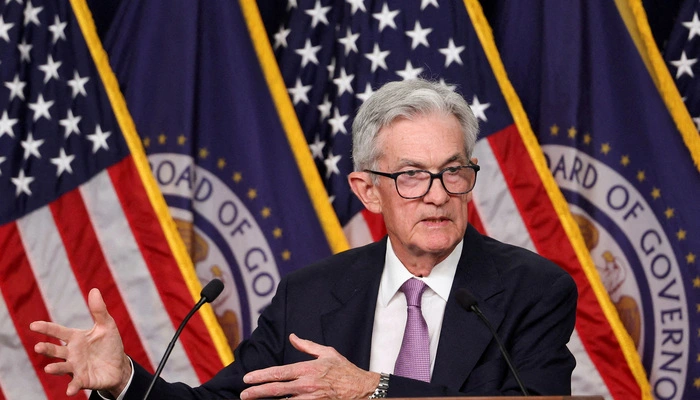
In a widely anticipated move, the US Federal Reserve has cut its federal funds rate by 25 basis points, bringing it down to a range of 4.50%-4.75%. This marks the Fed’s second consecutive rate cut, as policymakers grow more confident that inflation is gradually approaching their target of 2%.
Inflation Expectations Drive Rate Cut
The Federal Reserve’s decision to reduce the rate aligns with its ongoing commitment to control inflation and sustain economic growth. Fed officials believe that the recent reductions in inflationary pressures signal progress toward a stable inflation rate, giving them room to adjust rates accordingly. The rate cut is intended to help bring inflation to a sustainable level, a goal central to the Fed’s economic strategy.
In a statement following the decision, Fed Chair Jerome Powell remarked, “We are seeing positive indicators in the inflation outlook, which allows us to make careful adjustments to support continued growth and stability.”
Policy Aims to Balance Employment and Inflation Goals
The Fed’s decision also reflects its dual mandate of promoting maximum employment and stable prices. According to the statement, Fed officials believe that current economic risks to employment and inflation are roughly balanced, giving them greater flexibility in their policy choices. By lowering interest rates, the Fed aims to provide a supportive environment for both job creation and price stability, which are critical to sustained economic health.
Economists believe this balanced approach could encourage more investment and consumer spending, fueling economic growth while keeping inflation under control.
Markets React to the Expected Rate Cut
The markets had largely priced in the 25 basis point cut, and reaction was moderate. Investors were not surprised, as the decision aligned with the consensus forecast. Stocks showed slight gains following the announcement, while bond yields adjusted to the new rate expectations. Analysts see this move as a signal that the Fed will continue to monitor inflation closely but may pause on further cuts unless additional economic challenges arise.
Financial strategist James Gordon noted, “The Fed is playing a cautious game here, responding to inflation trends while remaining open to adjustments based on future data.”
Future Rate Adjustments Possible
Fed officials have indicated that they will monitor inflation closely to decide on future adjustments. Some analysts speculate that, if inflation trends downward further, the Fed might pause rate cuts in the coming months. This could provide stability for investors who worry about rapid policy changes affecting market dynamics.
However, some Fed members remain cautious, emphasizing that the economy is still vulnerable to shifts in global trade and energy prices. Economic experts caution that any unexpected spikes in inflation could prompt the Fed to reconsider its current path, possibly leading to additional cuts or hikes if necessary.
Loss of $25 Million in Exports Due to NGOs’ Anti-National Campaign
Economic Analysts Express Mixed Opinions
Reactions among economic analysts have been mixed. Some believe the Fed’s rate cuts are essential for maintaining momentum in a global economy facing headwinds. Others argue that the Fed may be overrelying on rate adjustments to control inflation, which could limit its options if a recession looms.
Critics like economist Sarah Reid argue, “While the rate cuts provide immediate relief, they may not address underlying structural issues in the economy. The Fed should balance rate policies with other economic tools.”
Fed’s Strategy Aims for Stability Amid Uncertainty
The Federal Reserve’s latest rate cut underscores its focus on maintaining economic stability through a carefully managed inflation strategy. By bringing interest rates down to 4.50%-4.75%, the Fed aims to foster conditions that support both price stability and employment growth. As inflation appears to moderate, the Fed may pause further cuts, opting instead to observe economic indicators closely before making additional changes.
This calculated approach shows the Fed’s commitment to a balanced and cautious monetary policy in an evolving economic landscape. Investors, consumers, and policymakers will closely watch the Fed’s next moves, as global factors and domestic growth continue to shape the US economy’s path forward.
Follow Day News on Google News, Instagram, YouTube, Facebook, Whats App, and TikTok for latest updates
















